The occupational therapist from Residencia Plaza Real Burgos explains to us the intervention with NeuronUP in the basic activity of daily living “Get dressed“
The activities of daily living, according to the AOTA(1) framework, are activities that are aimed at the care of one’s body. It also refers to basic activities of daily living (BADL) and personal activities of daily living (PADL). These activities are fundamental for living in a social world, allowing survival and well-being.
In addition, instrumental activities of daily living (IADLs)(1) are activities that support everyday life at home and in the community that often require more complex interactions than those used in self-care activities in ADLs.
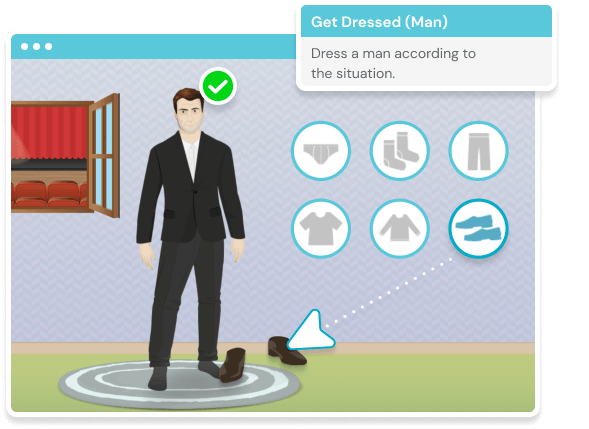
Intervention with NeuronUP in the basic activity of daily living “Dressing” through the exercise “Get dressed”
I am going to explain how to carry out an occupational therapy intervention in the basic basic activity of daily living Dressing using the NeuronUP program.
According to the AOTA (1) dressing consists of selecting the appropriate garments and accessories according to the time of day, weather, and the occasion; obtaining garments from the storage area, dressing and undressing in sequence; tying and adjusting clothing and shoes, and applying and removing personal devices, prostheses or orthoses.
To intervene in dressing the Get dressed activity from the neurorehabilitation platform will be used and consists of dressing the silhouette appropriately, taking into account both the placement and order of each garment, as well as the place the person will go to.
Work this basic activity of daily living by levels
Three levels are distinguished in the activity: easy, medium and difficult. In the easy level (which in turn is subdivided into 2 subphases) the silhouette must be dressed, but first the window must be opened to see which clothes should be put on the silhouette. Once the silhouette appears on the screen, the window is opened and the situation presented is observed, for example: go to the theater, go to the countryside, to bed to sleep… Then, the garments that are displayed on the screen in order will be placed. In this level the missing garments to put on the silhouette are indicated. In the next subphase all the garments are presented on the screen and the user has to place them in order.
In the medium level you have to select the garments according to the situation the person will attend and the garments appear in different bars ordered by underwear, pants, sweaters….
In the difficult level a wardrobe directly appears where the clothes are placed in drawers or hung on hangers and you have to select the appropriate ones according to the external situation presented.
Rehabilitate impaired cognitive abilities
Imagine that the person has impaired sequencing in the dressing activity or has ideational apraxia, or memory problems, or visual perception issues among other cognitive functions that may be altered and that affect the execution of dressing. The occupational therapist will first teach them how to use the web platform and then will intervene with them and use this powerful tool to rehabilitate the cognitive abilities that are impaired and that influence the person’s occupational performance.
Schedule sessions and work from home
It should be taken into account that activities can be scheduled to be carried out in individual therapy sessions or exercises can be assigned to do at home. In both cases, the session goals must be programmed and worked on to achieve them.
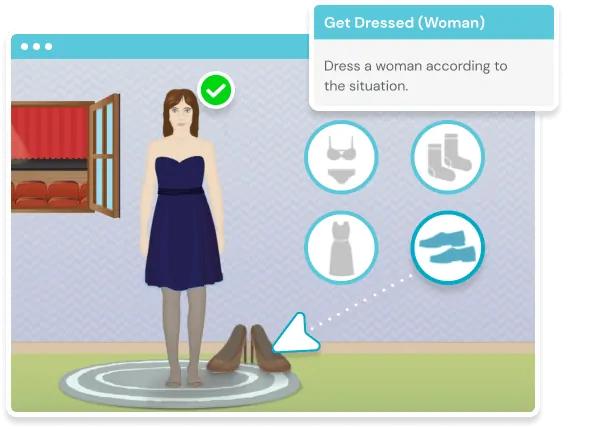
Conclusion of the intervention of the basic activity of daily living Get dressed
Once the intervention has been carried out, it can be concluded that NeuronUP is very useful for rehabilitating cognitive functions that impair the user’s performance in the activity. It is also emphasized that the activity is graded in different levels of difficulty and in this way it adapts to each user more specifically, which influences a more successful intervention.
If you liked this post about the activity Get dressed, you may be interested in these NeuronUP articles.
“This article has been translated. Link to the original article in Spanish:”
Intervención con NeuronUP en la actividad de la vida diaria «vestirse»
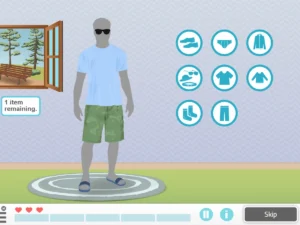
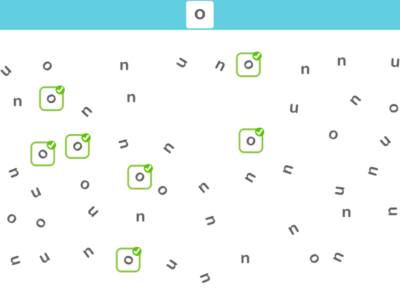
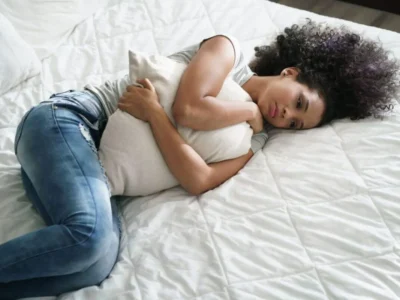

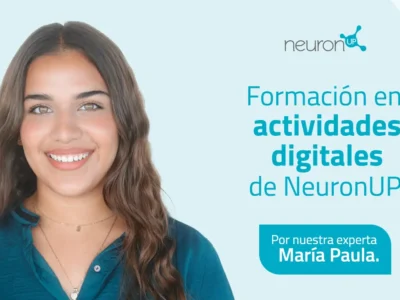
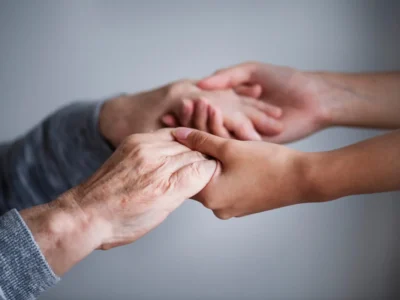

 Attention worksheet with numbers: Count stimuli by type
Attention worksheet with numbers: Count stimuli by type
Leave a Reply